
Short Tandem Repeat (STR) profile background information
The ATCC STR database includes STR profiles standards for all distributed cell lines in our collection. We use STR analysis to screen all human cell lines for authenticity and purity before distribution to provide a true baseline for researchers using these cell lines. Comparing an STR profile to the database provides a measurable relationship between tested cells and accepted standard cell lines.
8 loci are used to authenticate a cell line for research and publication purposes. STR profiles assume 2 alleles; the presence of more than 2 alleles in DNA from normal cells indicates genomic heterogeneity, which is typically equated with contamination or genetic instability. Tumor and transformed cell lines are more prone to genetic drift which can accelerate with passage number, media content, and other factors. Some cell lines may have more than 2 alleles at a loci as they are generally not normal cells (see the example).
How to search the database
Step 1. Go directly to the STR database and log in to your ATCC profile
You must be logged in to your ATCC profile to access the database. If you do not have a profile, please create one.
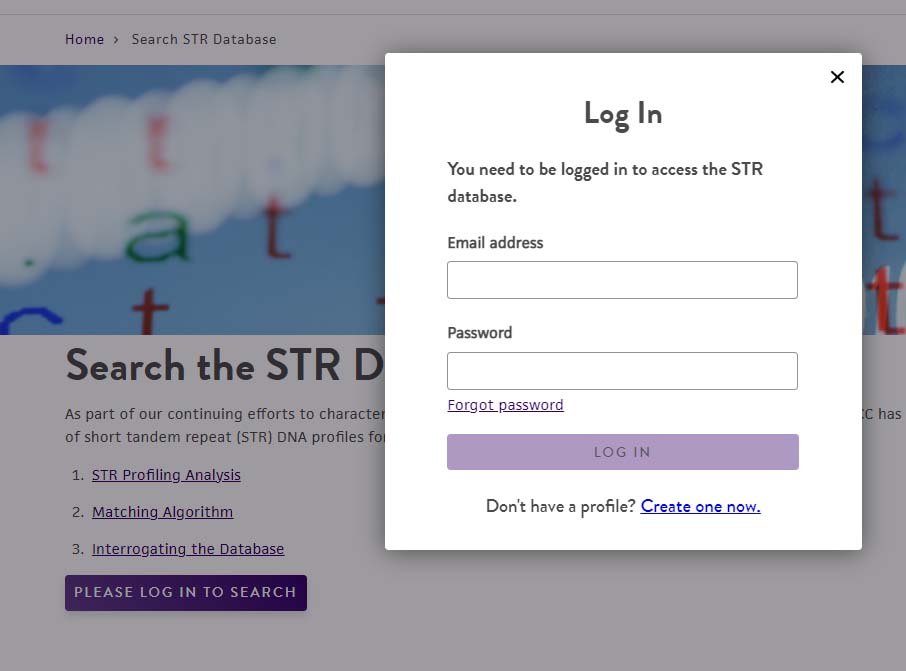
Step 2. Search the database using one of two options
Search by ATCC number to obtain an STR profile standard OR you may input a profile to run it against the ATCC database.
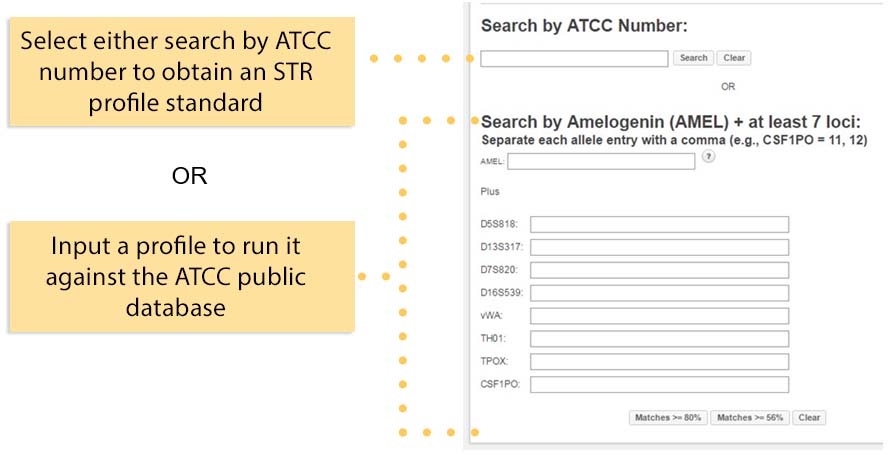
Option 1. Search by ATCC Number
Enter an ATCC product number and click the "Search" button. In the below example, we have entered CCL-2, which are HeLa cells.

The CCL-2 HeLa cell STR profile appears at the top of the page.

Option 2. Search by STR profile to match against others in the database
Input a profile in the fields to run against the ATCC public database. In this below example, we entered a profile from a cancer research paper.


Option 2. Practice search by STR profile to match against others in the database
In the below example, we entered a profile to run against the ATCC public database.
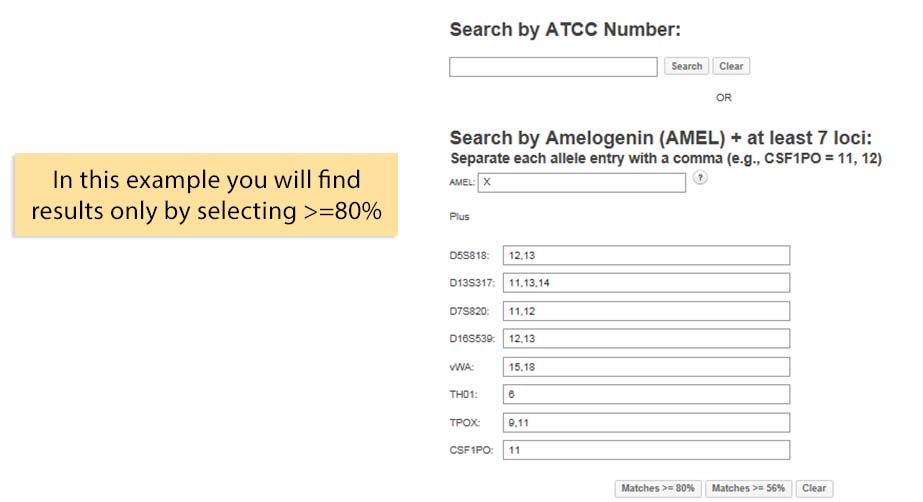
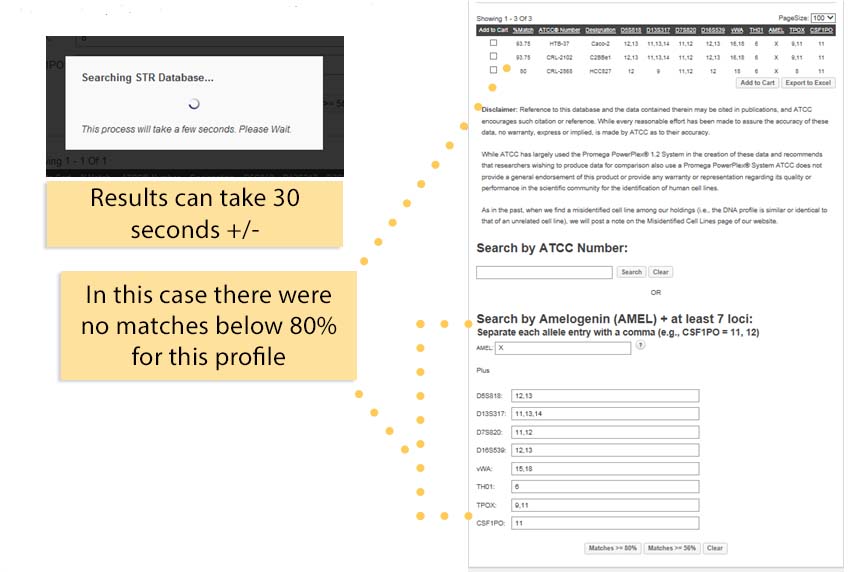
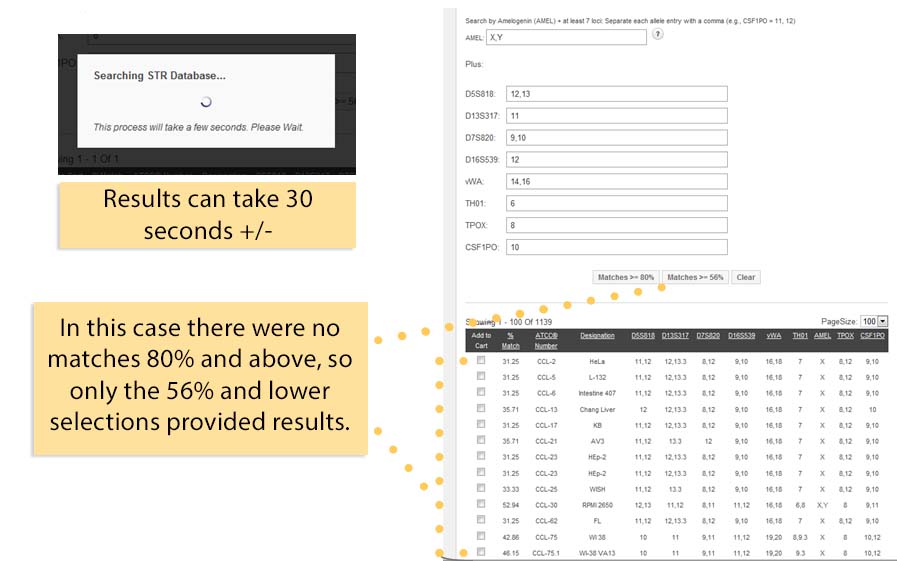
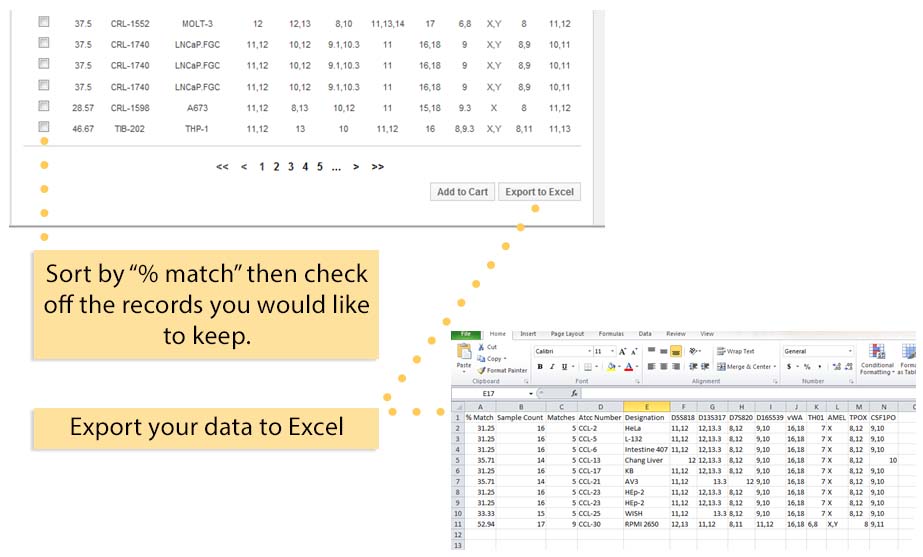
Dive deeper into the benefits of STR analysis

Interrogating the Database
Learn how to query our STR database of human cells and interpret the results.
More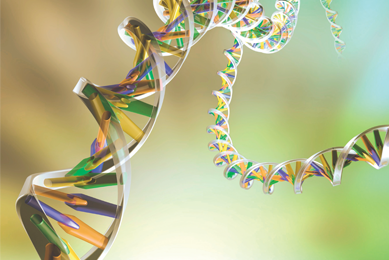
STR Profiling Analysis
ATCC's STR profiles help ensure the quality and integrity of human cell lines in the scientific community.
More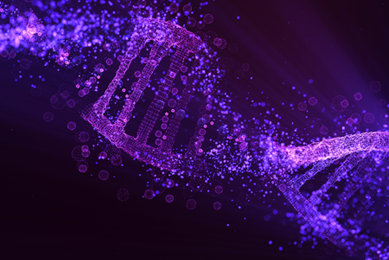
Matching Algorithm
ATCC's STR database matching algorithm compares the number of shared alleles between two cell line samples, expressed as a percentage.
MoreCell Line Authentication Publication Requirements
Learn about which scientific journals require cell line authentication as a requirement for publication.
More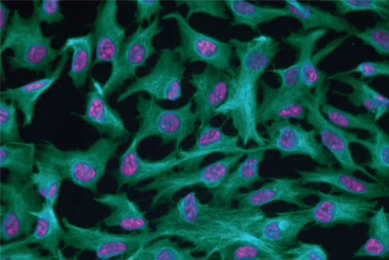
Repairing Reproducibility
Reproducibility is an urgent problem. Explore what your colleagues believe is the source of the issue and what scientists can do to solve it.
More
